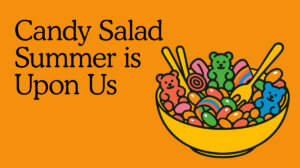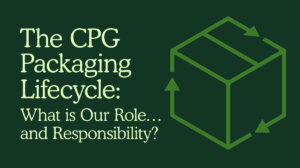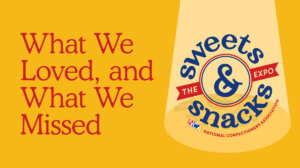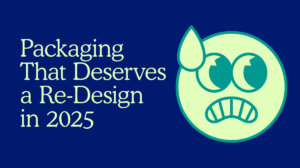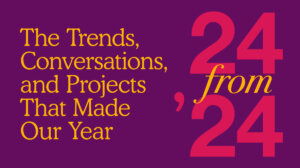
Transcend the norm.
Step out of your comfort zone.
Change the conversation.
Stop concentrating on how things are supposed to be.
Discipline. Grit.
This year’s FUSE conference invited us to open the door to new inspiration, new points of view and new ways of elevating the design conversation within organizations. And we were given reminders of what makes great design –memorable and meaningful without negative consequence and without excess.
Design leaders need to be visionaries and help organizations think beyond “the way things are supposed to be” because there’s never one right answer. To truly “create,” design leaders need to push teams to transcend existing understanding, prescribed paths, and predefined goals. Beyond that point lays inspiration – ideas that can inspire purpose-driven design that would never have been discovered otherwise.
Although, inspiration can come from anywhere, it means nothing if it can’t be leveraged, molded and supported as a driver for business. Thankfully design thinking is becoming a bigger part of the leadership conversation within organizations. More and more, design leaders are being invited to the table and asked to tell their stories.
Design overall is becoming more prevalent in organizations, but it will never thrive without continued nurturing of new behaviors. Design leaders are gaining greater awareness for navigating decision makers and translating their vision, while business leaders are coming to understand the exponential effects of design, especially to the bottom line.
Science is also giving us reason to believe in the subconscious reactions to design, the appeal of aesthetics that are hard for consumers to articulate but still drive their reaction – like the idea that smoother shapes speak to a feminine aesthetic or warmer, cozy cues make people more empathetic. At one time, design rationale like this was once considered esoteric but our analytical counterparts are proving that it’s not!
Design credibility is growing. Nike, Coke, Herman Miller, P&G, The Food Network, Mrs. Meyer’s – just a few of the design greats that inspired us at FUSE are proof. Design is not just about “look and feel”, it’s about how we organize and plan our thinking and our future. It’s the context for conversation between a business or brand and its audience.

